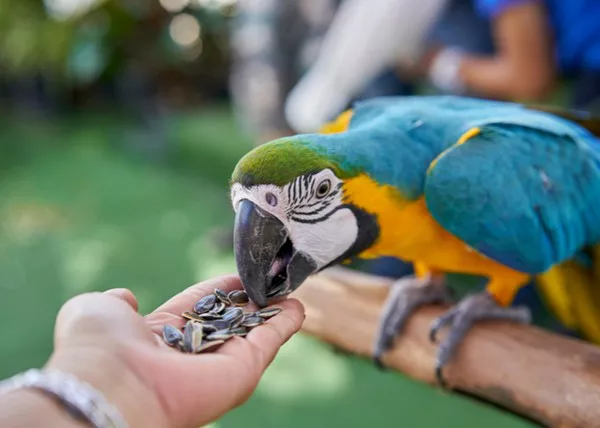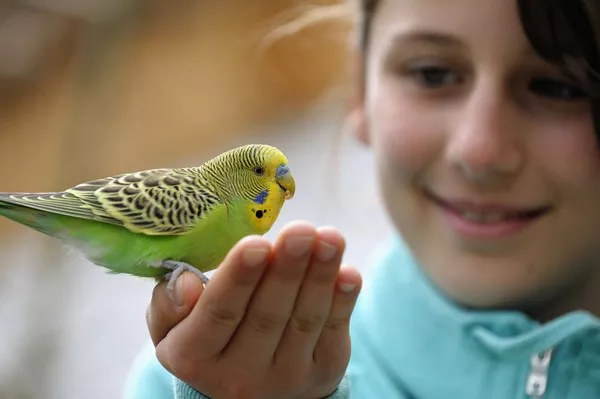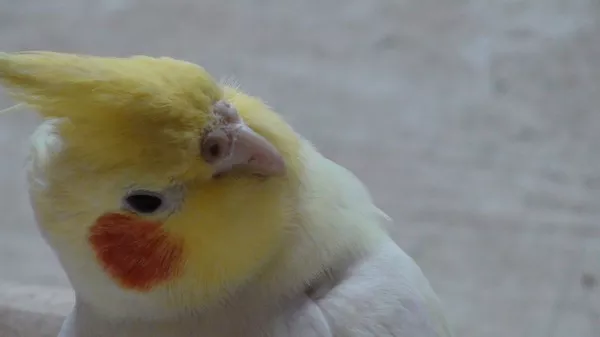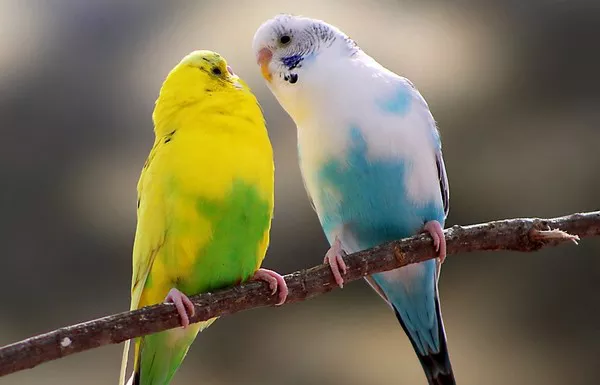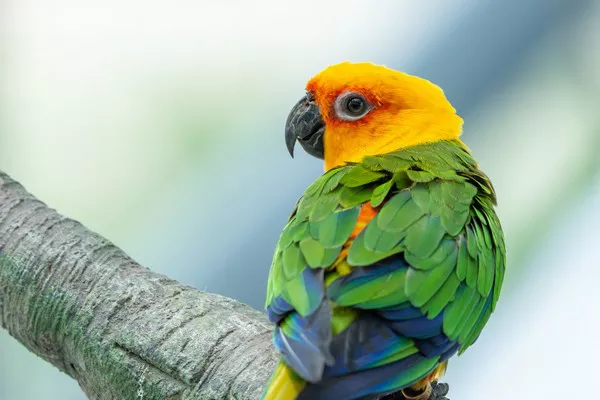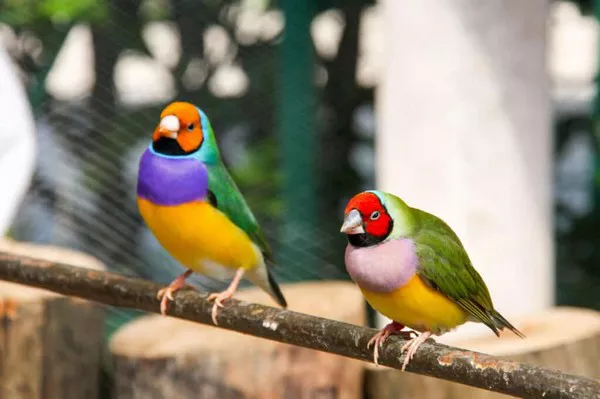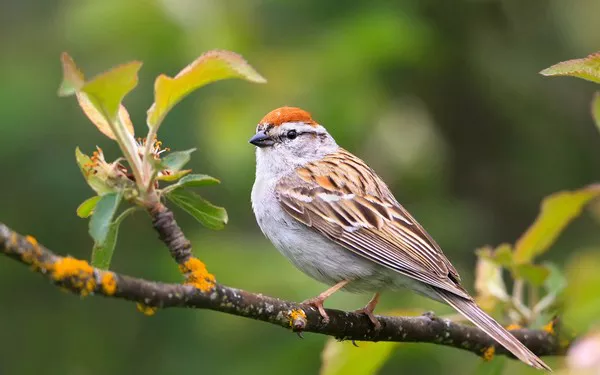If you’re a pet lover, especially when it comes to birds, you may have heard of sun conures and parakeets. At first glance, these two types of birds might seem similar, but in reality, they are quite different. In this article, we’ll delve into the fascinating world of sun conures and parakeets, exploring their unique characteristics, behaviors, and care requirements. So, grab your favorite snack, settle in, and let’s get ready to squawk about some of our feathered friends!
Understanding Parakeets
What Are Parakeets?
Parakeets, or budgerigars (often affectionately referred to as “budgies”), are small to medium-sized parrots native to Australia. They are part of the family Psittacidae, which includes many types of parrots. Parakeets are known for their playful nature, vibrant colors, and exceptional vocal abilities. While many people think of budgies when they hear the term “parakeet,” the category also includes other species like the Indian Ringneck and the Quaker parakeet.
Varieties of Parakeets
While all parakeets share some common traits, they come in various species, each with unique features:
Budgerigar: The most common parakeet, known for its bright green and yellow plumage.
Indian Ringneck: Recognized for its distinct neck ring and striking colors.
Quaker Parakeet: Famous for its charming personality and social behavior.
These birds are generally small, with most species measuring between 7 to 12 inches in length. They are known for their long tails, which contribute to their graceful appearance.
Personality and Behavior
Parakeets are known for their social and intelligent nature. They thrive on interaction, whether it be with their human companions or other birds. Parakeets are highly curious, often getting themselves into amusing situations, which makes them endearing pets. They have playful personalities, frequently engaging in acrobatic displays, and are known for their ability to mimic sounds and even human speech.
Social Creatures
Parakeets are flock animals, meaning they prefer the company of other birds. This social inclination makes them highly interactive and engaging pets. Without proper socialization, parakeets can become bored and develop behavioral issues, such as excessive screaming or feather plucking.
Intelligence and Playfulness
These little feathered friends possess remarkable intelligence. They can learn tricks, solve puzzles, and enjoy engaging toys that stimulate their minds. Providing mental enrichment is crucial for their well-being. Toys such as mirrors, bells, and foraging games can keep them entertained for hours.
Understanding Sun Conures
What Are Sun Conures?
Sun conures, or sun parakeets (scientific name: Aratinga solstitialis), are medium-sized parrots native to the northeastern part of South America, primarily in countries like Guyana, Suriname, and Brazil. Unlike parakeets, sun conures are part of the family Aratinga, which includes a variety of parrot species. They are known for their striking plumage, which features a vibrant mix of yellow, orange, and green.
Physical Characteristics
Sun conures are often considered one of the most colorful parrots. Adults typically measure between 12 to 14 inches in length, with a wingspan that can reach up to 24 inches. Their feathers are primarily bright yellow with orange highlights, particularly on their cheeks and underwings. They also have a distinctive greenish-blue tail that adds to their beauty.
Personality and Behavior
Sun conures are famous for their lively and affectionate personalities. They are highly social birds that thrive on interaction with their owners and other birds. They have playful natures and often engage in amusing antics, earning them the nickname “clowns of the bird world.” Their social behavior makes them excellent companions, but it also means they require significant attention and mental stimulation.
Vocalization
One of the most noticeable traits of sun conures is their vocalization. They are known for their loud and raucous calls, which can be a delight to some and a nuisance to others. Their vocal abilities are impressive, as they can mimic certain sounds and phrases. However, potential owners should be aware that their loudness can be challenging, especially in smaller living spaces.
Social Needs
Sun conures, like parakeets, are social creatures. They need interaction to thrive, which can include playtime, training, and bonding activities. When left alone for extended periods, they may develop separation anxiety, leading to destructive behaviors.
Key Differences Between Sun Conures and Parakeets
While sun conures and parakeets may share some similarities, several key differences set them apart.
Size and Appearance
Size: Sun conures are generally larger than most parakeets. While parakeets typically measure 7 to 12 inches, sun conures measure between 12 to 14 inches in length.
Coloration: Sun conures are known for their bright yellow and orange feathers, whereas parakeets come in various colors, including green, blue, and yellow.
Vocalization
Sound Level: Sun conures are louder than most parakeets. While parakeets can chirp and chatter, sun conures are known for their loud squawking and vocalizations, which can sometimes be excessive.
Mimicry: Both types of birds can mimic sounds, but sun conures are often more vocal and expressive.
Social Behavior
Social Needs: Both sun conures and parakeets are social birds, but sun conures tend to demand more attention and interaction. They may become more attached to their owners and may not thrive if left alone frequently.
Flock Behavior: Parakeets are naturally more inclined to live in flocks, while sun conures may develop a stronger bond with their human companions.
Care Requirements
Diet: Both birds require a balanced diet rich in fruits, vegetables, and seeds. However, sun conures may need additional protein sources, such as pellets or legumes, to support their energy levels.
Space: Due to their larger size and more active nature, sun conures require more space than parakeets. A spacious cage with plenty of perches and toys is essential for their well-being.
See Also: Is the Sun Conure Rare?
Care and Keeping
Housing Requirements
Creating a suitable environment for your feathered friend is essential. Here’s what you need to consider for both sun conures and parakeets:
Cage Size
Sun Conures: A large cage with a minimum size of 24x24x36 inches is recommended. They need space to move, fly, and play.
Parakeets: A cage that is at least 18x18x24 inches is generally sufficient, but a larger cage allows for more freedom and enrichment.
Perches and Toys
Both birds benefit from a variety of perches and toys to keep them entertained:
Perches: Provide perches of various sizes and textures to promote foot health and prevent boredom. Natural wood perches are excellent for this purpose.
Toys: Offer a range of toys, including foraging toys, chew toys, and puzzle toys, to keep their minds stimulated.
Diet and Nutrition
A balanced diet is crucial for the health of both sun conures and parakeets.
Basic Diet Components
Seeds and Pellets: A high-quality seed mix supplemented with pellets provides essential nutrients.
Fruits and Vegetables: Fresh fruits and vegetables are vital for hydration and vitamins. Popular choices include carrots, apples, and leafy greens.
Specific Nutritional Needs
Sun Conures: They require more protein in their diet. Including legumes, cooked grains, and protein-rich pellets can help meet their needs.
Parakeets: While they also enjoy protein, they generally thrive on a diet that is lower in fat compared to sun conures.
Health and Veterinary Care
Regular veterinary check-ups are essential for both types of birds. Some common health issues include:
Respiratory Infections: Birds are susceptible to respiratory problems. Proper ventilation and avoiding drafts in their living space can help prevent these issues.
Feather Plucking: This behavior can stem from stress, boredom, or medical issues. Providing adequate enrichment and social interaction is crucial.
Dietary Deficiencies: A poor diet can lead to various health problems. Regularly assess their diet to ensure they receive a balanced intake of nutrients.
Socialization and Training
Training and socialization are essential for both sun conures and parakeets.
Bonding with Your Bird
Spending quality time with your feathered friend is key to building trust and a strong bond. Activities such as hand-feeding, gentle petting, and talking to them help foster a positive relationship.
Training Techniques
Positive Reinforcement: Use treats and praise to encourage good behavior. For instance, rewarding your bird when it steps onto your hand can reinforce this behavior.
Basic Commands: Teach simple commands like “come” or “stay” to enhance communication and strengthen your bond.
Conclusion
In summary, sun conures and parakeets are both captivating and wonderful companions, but they are distinct species with unique characteristics and care requirements. While sun conures boast vibrant colors and a lively personality, parakeets offer a charming and playful nature that many find irresistible.
When considering a feathered companion, it’s essential to evaluate which bird aligns with your lifestyle and preferences. Both sun conures and parakeets thrive on interaction and socialization, so be prepared to invest time and love into your pet.
Whether you choose a sun conure or a parakeet, you will undoubtedly find joy in their company. These feathered friends bring laughter, love, and a splash of color into our lives, making them cherished members of our families.
Related Topics:

